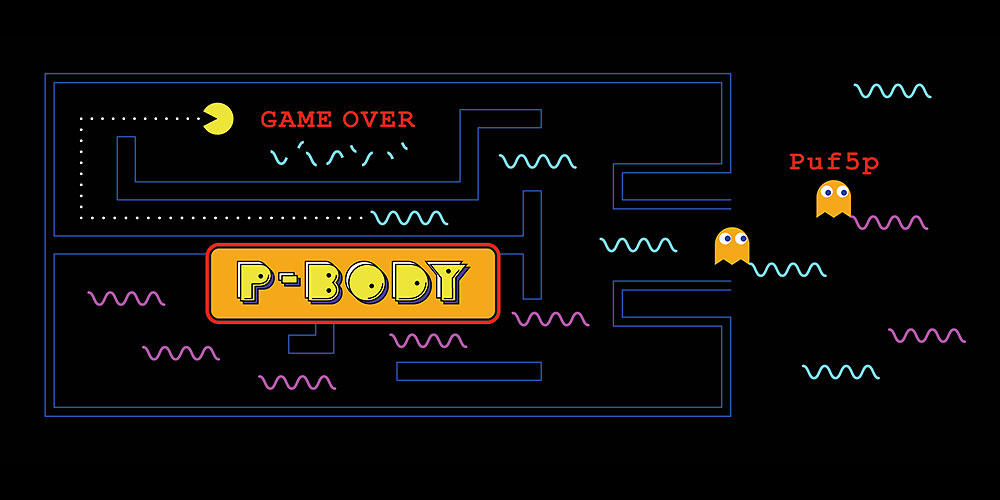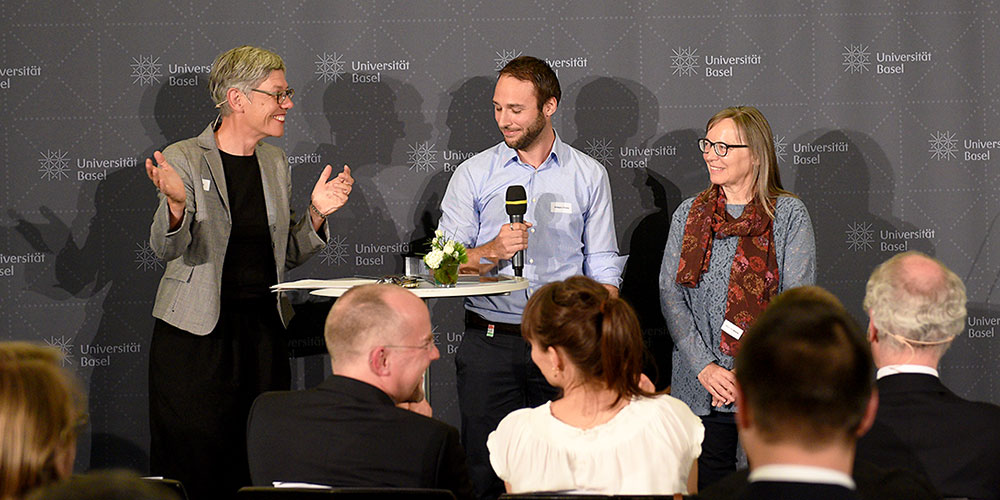A warm-up program developed specially for children reduces soccer injuries by around 50 percent. Sports scientists from the University of Basel reported these findings in the academic journal Sports Medicine. A total of 243 teams comprising around 3,900 children from four European countries took part in the study.

If a cell runs low on sugar, it stores certain messenger RNAs in order to prolong its life. As a research group at the Biozentrum of the University of Basel has now discovered, the protein Puf5p determines whether individual messenger RNAs will be stored or degraded when sugar levels are low.

Yesterday, the University of Basel awarded this year's Teaching Excellence Awards to honor lecturers and staff for their contribution to teaching.

Following the success of last year’s event, the Teaching Excellence Awards of the University of Basel are being held for second time in 2017. With effect from now, students and employees are invited to submit their favorites for the Teaching Excellence Awards 2017.

The infection biologist Petr Broz, Professor at the Biozentrum of the University of Basel, has received one of the highly regarded Career Development Awards from the Human Frontier Science Program (HFSP).
